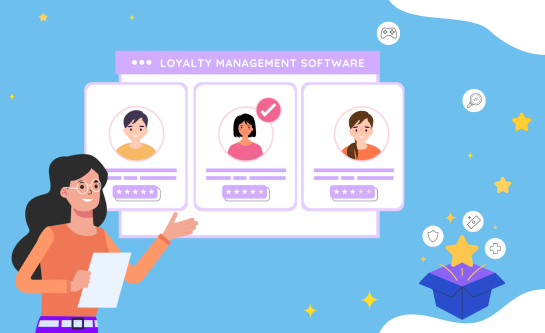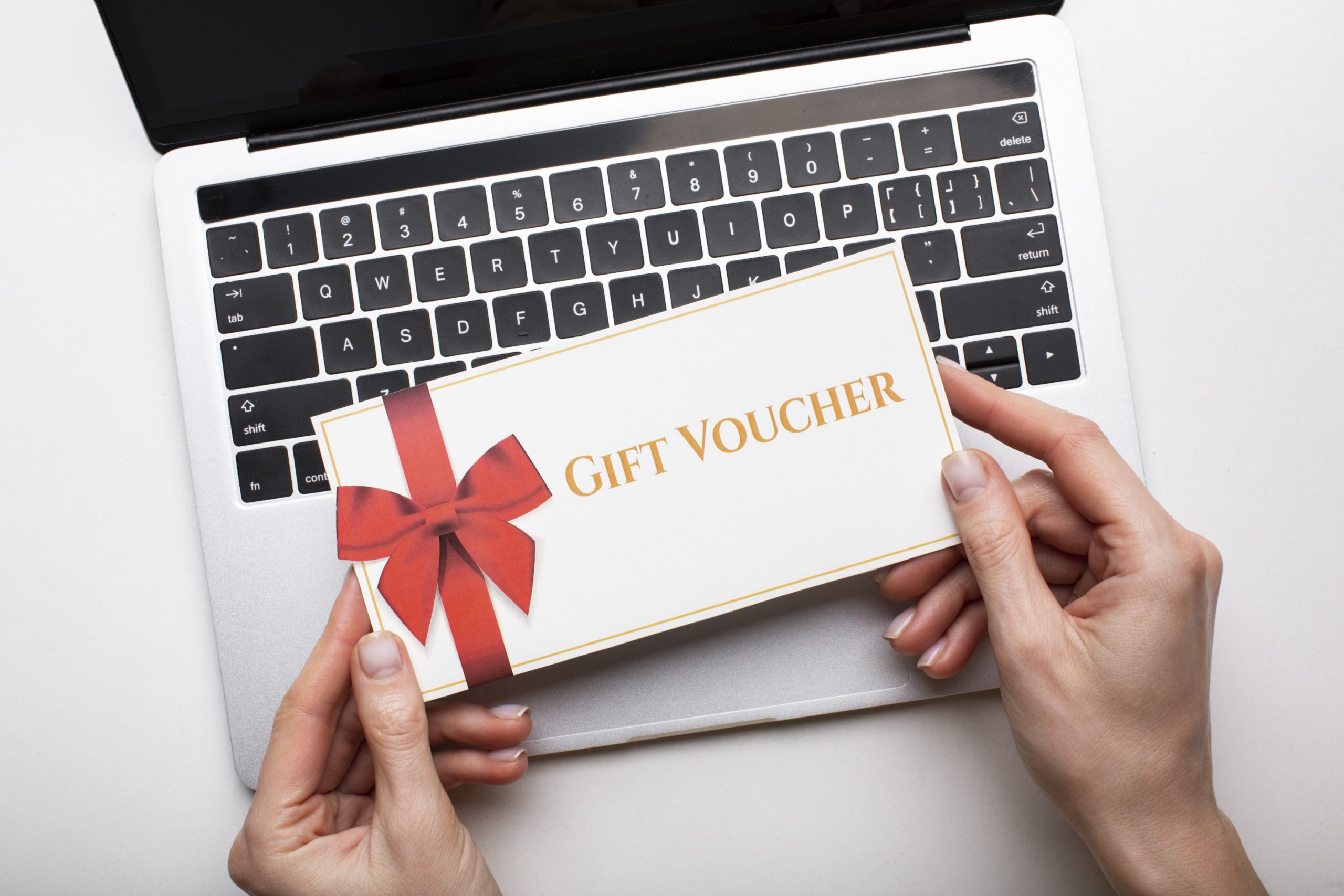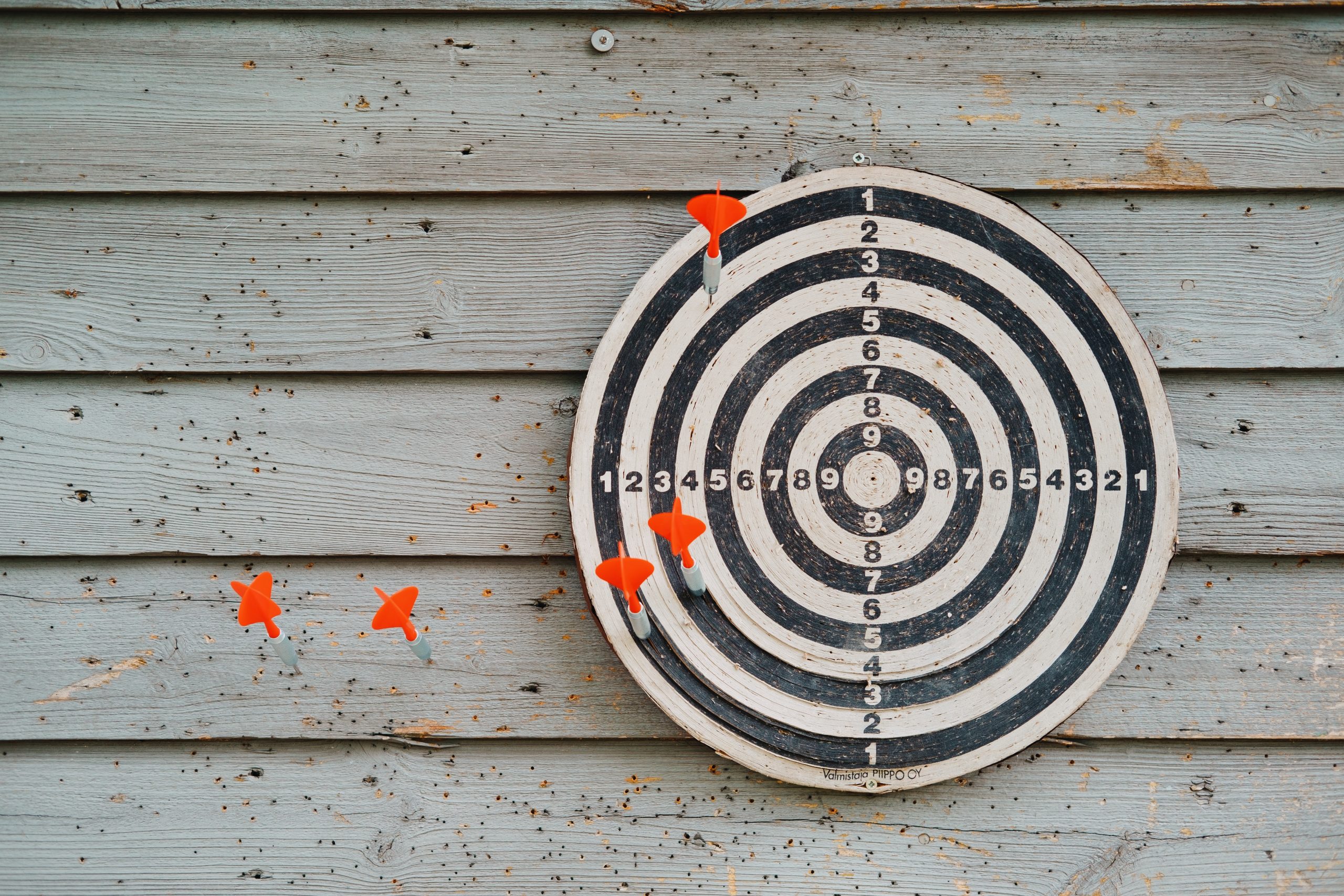Why curated customer loyalty reward triggers keep multi-demographic audiences engaged?
 Apr 06th, 2023
Apr 06th, 2023
 334 views
6 MINS READ
334 views
6 MINS READ
In the race for customer retention, an industry-wide shift from mass campaigns to being able to build a customer retention system is essential. Engagement Marketing is becoming a trend for businesses, focusing on building sustainable relationships based on trust, two-way communication, and mutual exchange of values with customers. However, when there are too many choices of bonus points and incentives, customers’ interest and attention are gradually reduced over time. Every business needs to personalize to find the most suitable program for its customers.

What is customer engagement?
Customer Engagement is the level of two-way interaction between a customer and a business or a brand. When the connection is done well, it will motivate customers to show their loyalty to the business, that is, they will buy more. Since then, growing your business has never been easier. Businesses need to prioritize interaction with customers because this is a tool for businesses to better understand consumers, reach out to them more and know how to improve products and services more and more. Besides, interaction will help businesses retain customers, have more loyal customers, and form many potential customers through the introduction of old customers. Statistics also show that interacting with existing customers not only brings a significant revenue stream but also costs less than converting to new customers.
How do rewards drive customer engagement?
Any customer engagement strategy must start with the goal of building more lasting relationships with consumers, and this is one of the main goals and advantages of a well-designed and implemented customer loyalty program. Consumers who choose to participate in the program are signaling that they are driven by rewards and are interested in receiving them.

-
Increasing purchase frequency for customers
Customers’ frequency of purchases can vary greatly. No matter how frequently or rarely customers make purchases, it is crucial for your business to stay top-of-mind. Social media and email are frequently used by businesses to maintain contact with clients. The situation is extremely different, though, when it comes to clients who take part in loyalty programs, where email open and click-through rates are significantly greater due to the content’s personal relevance and consequently higher level of engagement. It is essential to connect the desire of customers for rewards with the desire of the business to keep these customers for longer periods and sell more to them overall. It’s also critical to periodically remind customers of their point balance, how to earn more points, and the products they can use their points to redeem because the benefits themselves serve to increase customer engagement. Therefore, we could utilize benefits to encourage clients to make repeat purchases.
-
Motivating customers loyalty
Customer loyalty may grow as a result of rewards, and most businesses today recognize the potential value of that loyalty. The most devoted consumers are also the most lucrative ones for a business with high accompanying service. Each year that a connection lasts, it costs less to serve the consumer, as the loyalty life cycle unfolds over time, loyal consumers even start to transform into business builders by making larger purchases, paying higher prices, and referring others to your business. However, in reality, reward schemes are frequently misused and poorly understood. Too many businesses treat awards as transient promotional handouts or monthly specials when it comes to design and implementation. When used in this manner, rewards can add value by encouraging both current and potential customers to try a certain good or service.
However, they won’t provide anything close to their potential worth until they are made to encourage customer loyalty. If implemented as part of a larger loyalty-management strategy, a rewards program can shorten the loyalty life cycle by incentivizing first- or second-year customers to act like the most lucrative customers. A business needs to figure out how to give customers value in proportion to the value that their loyalty brings in. Creating a system through which clients are continuously informed about the benefits of loyalty and inspired to acquire them must be the objective. A planned, long-term approach is necessary to build lasting customer relationships for years.
But why do some customers lose interest in rewards?
-
The repeated rewards aren’t special
A customer rewards program must provide rewards that are relevant to the interests of its target audience and meet or exceed their expectations for engagement to be successful. Transparency, sustainability, and innovation strongly influence loyalty, especially among Millennials and Generation Z consumers. These demographic groups are also more likely to be swayed by positive online reviews, influencers, and social media. Therefore, a company may not be able to connect with a significant portion of its potential customers if there is only one reward progression because today’s customers are so diverse, the ideal rewards program will provide individualized incentives to maintain interest.
-
The frequency of rewards given
Everyone wants to feel important. Making your consumers feel irrelevant is a simple method to reduce their likelihood of returning. A company may discover that interest is minimal if it offers a low-frequency rewards program that requires many encounters before customers earn anything of value. Customers are not particularly motivated by the hazy promise of future value, therefore brands should communicate with them frequently. Many businesses make the mistake of believing their work is finished once a customer joins a loyalty program. Inefficient loyalty programs don’t interact with customers or pay attention to their demands. However, businesses must regularly engage with their customers by offering them new incentives if they want to add value.
What could we do to avoid customers’ ignorance?
Instead of wondering about strategies to attract customers’ attention through reward points, businesses can proactively create a strong operating system. The first and most important step is to collect data on the aspects of customer compatibility, duration of the customer loyalty program with rewards, usage demand, purchase behavior, and activities post-purchase impact with the purchase loop and use the reward points again… Enterprises must consider whether it is suitable for each customer group individually, is there anyone who does not want to continue to participate and cannot maintain to find a way to fix it. Programs that meet the criteria of strong direct customer interaction but are not annoying and are still attractive. Businesses can respond by incorporating new aspects into the program once they have identified the points at which customers are losing interest in the brand as well as which consumer segments are more likely to do so. Carluccio suggested products like notifications to clients regularly that they have incentives that haven’t been redeemed and more possibilities for redemption, even charity donations.
What is the value of customized customer reward triggers?
The usage of incentives triggers that don’t line up with how different audiences interact with a company’s brand could be a contributing factor to disengagement or a lack of engagement altogether. This problem can be solved by customization, which can tie loyalty points to almost any action and bring a large number of customers into closer contact with the brand. With personalized rewards triggers, businesses can reward both online and offline engagement. Customers can earn points in a rewards program by making in-store purchases, using apps, signing up for services, logging into accounts, and more. Businesses can engage with their audiences in two ways by having the flexibility to design a highly customized rewards-earning process.
On the one hand, it enables businesses to communicate with consumers where they are by providing points for their chosen communication methods. On the other hand, it enables businesses to visualize desired client journeys, encouraging particular behaviors. Brands may map out the ways their consumers prefer to interact with their rewards products to begin developing these better-directed customer journeys. American Express advised using diagrams of customers’ interactions with businesses over time and through various channels to pinpoint the gaps where disengagement is most likely to happen and strengthen those areas. Businesses are well-positioned to update their rewards triggers when they are aware of how their customers interact with their products and how they would like to. A customer loyalty program’s expansion into new areas can reach more client segments and demographics than ever before.
 Back to blog page
Back to blog page

































